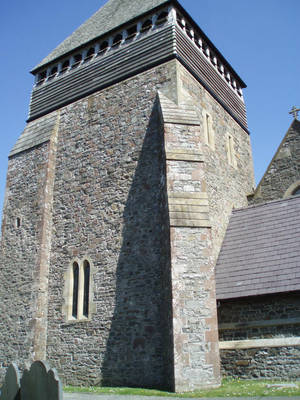We aim to bring local history to life through a programme of talks, presentations and occasional activities. See below for details of past and forthcoming events.
TALKS AND PRESENTATIONS
2020
All our 2020 talks have been postponed due to the Covid-19 pandemic. The 2021 programme is being planned and will appear here in due course.
2019
Dr David Stephenson – Two Thirteenth Century Llandinam Documents
21st November 2019
While not directly relating to Llandinam itself, these two documents are of national significance to Wales and are records of two judgements which took place in the village, and are the first recorded documents to come from here. To read more about Dr Stephenson’s research and the light it throws onto life in the early 1200s, click here to read more.
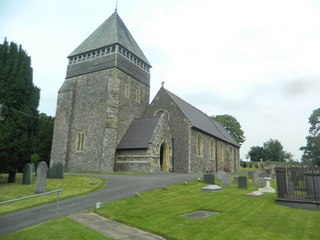
Rogues, Thieves & Harlots
In October, Llandinam Local History Group and TASC presented ‘Rogues, Thieves & Harlots’, where tales of Dick Turpin and Jack Hall, notorious villains, mingled with stories of hangings, floggings and transportations, all against a background of the dreadful poverty experienced by ordinary people. They kept their spirits up by a mix of dance and song. TASC presented some of the tunes and dances from those times gone by. To see more, click here.
Philip Freeman (fiddle, guitar); Claire Weston (flute, penny whistle); Pete Damsell (fiddle, mandolin); Louise Williams (fiddle); Pam Knight ( clog dance, traditional Morris); Caitlin Williams (trad. Morris).
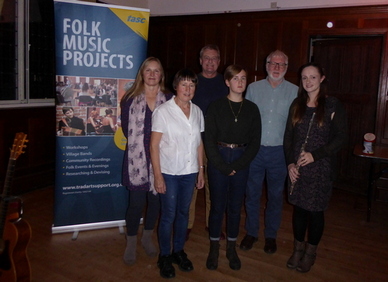
Dr Kevin Blockley – Farming in the Stone Age
19th September 2019
Kevin and Fran Blockley brought the Stone Age to the Village Hall in the form of pottery, tools, cured skins, and fabrics, which were grown, foraged and produced at Old Chapel Farm, Tylwch, home to the Out of Eden Stone Age Centre. Begun 4-5 years ago, this educational project uses experimental archaeology to track the development of the early hunter gatherers who came to Britain in the Mesolithic era, about 10,000 years ago, across the land bridge between Britain and continental Europe. These migrants originated in the Middle East, gradually spread westwards through Europe, and then crossed into Sussex where they established the earliest flint stone mines found in Britain. Read more.
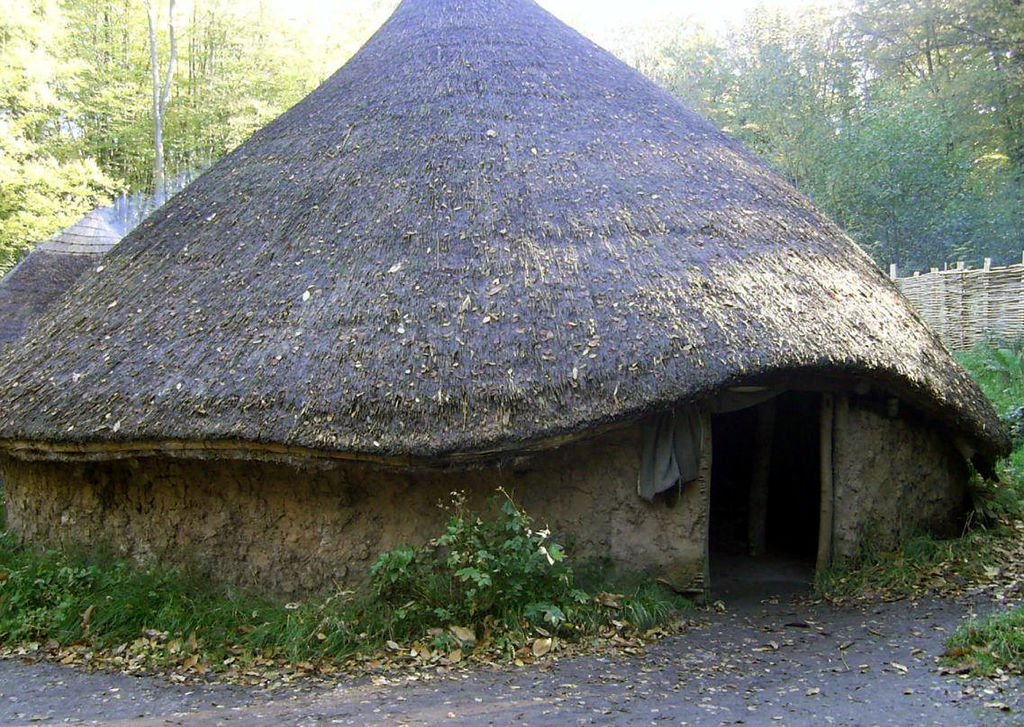
Committee members
Chair & Programme Coordinator: Rod Evans
Secretary: Helen Edwards
Treasurer: Peter Brebner
Margaret Stacey
Martyn Gwynne
Contact Us:
If you would like to contact Llandinam Local History Group, please email the address below. We will aim to respond within 7 days.
local.history(at)llandinam.org.uk
or find us on Facebook @LlandinamLocalHistoryGroup
ACTIVITIES
The dates for our 2020 talks are:
Thursday 19th March TALK POSTPONED
Thursday 21st May TALK POSTPONED
Thursday 17th September TALK POSTPONED
Thursday 19th November TALK POSTPONED
The Llandinam Magazine
Complete digitised editions, by kind permission of Powys Library Service. Click below on the edition you want to see.
Useful Links
Anglo-Zulu War enquiry
Back in November 2016, the Local History Group email inbox received an enquiry relating to the 1879 battle of Isandlwana, the massacre immediately preceding the better known Defence of Rorke’s Drift, in the Anglo-Zulu War. Over 600 men from the Brecon based 24th (2nd Warwickshire) Regiment of Foot were lost on the 22nd January in what was the first major encounter of the six month long campaign. Many of the men came from Wales, and the enquirer was keen to trace memorials to those killed in action which might be in churches, chapels and cemeteries across the Principality. Read more……
National Eisteddfod Exhibition 2015 panels
The David Davies information panels created for the National Eisteddfod 2015 can now be viewed here.
More about the project can be found here.
Janet Lewis – The hand-loom weaving industry & its impact upon MidWales
16th May 2019
We were very grateful to Janet, Chair of the Newtown Textile Museum Committee, for standing in at short notice for Sally Rackham to give this talk on 16th May. Both Sally and Janet are daughters of Major Peter Lewis, of the Newtown Tannery, and both feel that the museum is part of their family’s heritage.
Newtown was established by Roger de Montgomerie in the 13th century as a new settlement on the River Severn, away from Dolforwyn Castle, encouraging people to move from the borders. The town grew through the centuries, and by the 1800s the river was powering the mills for carding and fulling for the woollen industry
Spinning and weaving had been happening in barns and yards for centuries, …Read more
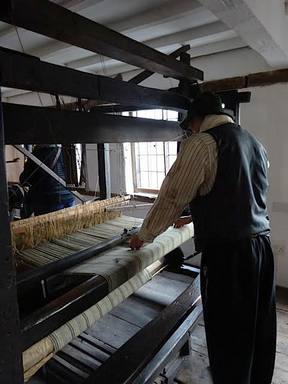
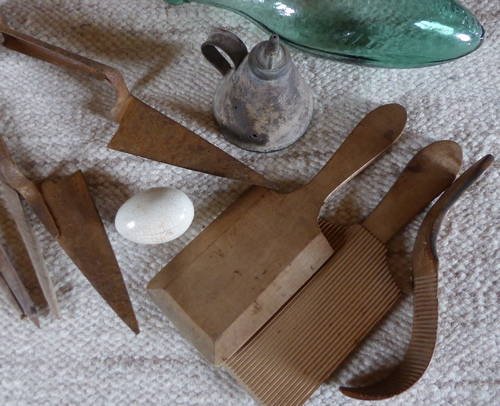
Rush lights and butter pats – everyday objects of times past
21st March 2019
Alwyn Hughes’ interest in farming in the ‘horse era’ developed from his own childhood memories of life in Llanwddyn village, and more recently his friendship with a retired farmer, now in his mid nineties, who is probably the last farmer in Montgomeryshire to have used heavy horses. Life was very different in pre-tractor times. Rural communities had to be self-sufficient, neighbours would help neighbours, and food would be shared. Alwyn told of the pre-public transport three-times-a-year shopping trips to Llanfyllin by his grandmother for food essentials such as sugar, tea and salt, as well as clothes. Each village would have a blacksmith, a saddler, a wheelwright, a baker, dressmakers, a variety of small shops, and a range of other trades, but the main occupation was agriculture.
On two large tables at the front of the Girls’ Parlour were arranged some of the many everyday objects that Alwyn has acquired over the years, which he used to illustrate his talk on the 21st March. Read more…
2018
The Lion Works – the Air Ministry shadow factory: a talk by Brian Poole
15th November 2018
Newtown’s Lion Works was the focus of Brian Poole’s fascinating talk on the 15th November. Through four years of painstaking research, Brian has managed to piece together the history of this industrial complex, which still thrives today.
The 24 acre plot on which the Lion Works sits includes the Tesco site, and archaeological excavations at the time that the supermarket was built uncovered the remains of a 2000 year old Roman road from Wroxeter in Shropshire, along the Severn Valley westwards through mid Wales. More recent uses of the site in the early 1900s included farming, a cricket pitch and a football field. However, following the outbreak of the Second World War in 1939, this patch of land came to the attention of the Air Ministry. Read more….
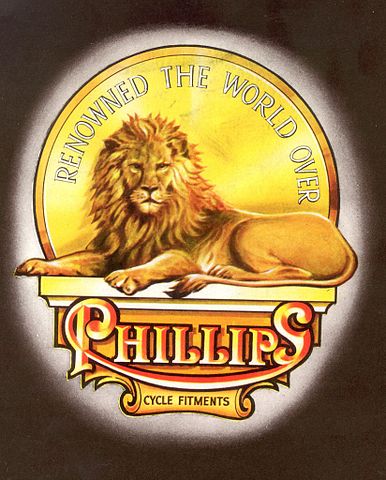
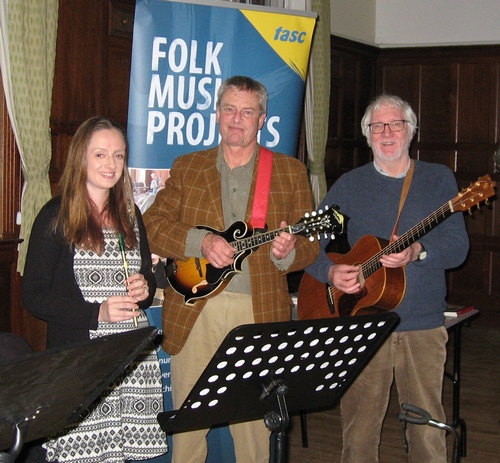
TASC – Weavers and their World
20th September 2018
‘Weavers and their World’ was a look at the Industrial Revolution in 19th Century Britain, and how it affected the daily lives of working people, with particular reference to weavers. Music, song and dancing, using whatever instruments they had to hand, was a way of alleviating the hard daily grind and poverty of industrial working life.
The magical mix of words, songs and tunes presented by Philip Freeman, Claire Weston and Pete Damsell, was inspired by a visit to the Newtown Textile Museum. The highly enjoyable performance in the Main Hall on the 20th September was a different take on the Local History Group’s aim of bringing local history to life, and it is difficult to reflect the life and atmosphere of the evening in just a few summarising words. Read more…
Brian Poole – Moat Lane to Brecon: the Closed Railway Line
17th May 2018
The fascinating story of the railway line from Moat Lane Junction to Brecon told by Brian Poole filled the Girls’ Parlour in the Village Hall. Brian illustrated his talk with some of his extraordinary photographs which brought to life the human aspect of the tale. Read more….
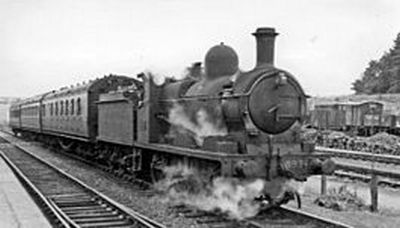
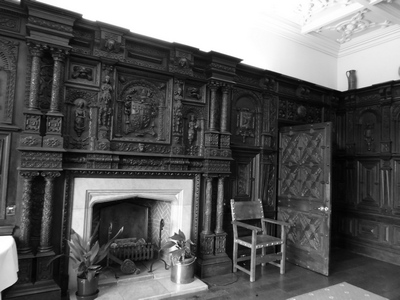
Gwen & Daisy at Home & Abroad
15th March 2018
Mary Oldham, researcher, and Librarian at Gregynog, cast light upon the private lives of Margaret and Gwendoline Davies, in her fascinating talk in the Girls’ Parlour. Much of Mary’s knowledge comes from her own long association with Gregynog and the research she has undertaken, but she also gave credit to the biographical work of Baroness White (The Ladies of Gregynog) and Trevor Fishlock’s ‘ A Gift of Sunlight’, and ‘Things of Beauty: What two sisters did for Wales’ by Oliver Fairclough. All of these titles are in the stock of Powys Library Service. Eirene White was the daughter of Thomas Jones, an active political reformer who was a mentor and close friend of the sisters, and ‘T.J.’s’ huge collection of papers, which were given to the National Library of Wales, includes Gwendoline’s many letters to T.J. Thomas Jones’s ‘A diary with letters 1931-1950′ provides further insights into the sisters’ lives. Read more……
2017
Dr Rhian Davies – Belgian refugee musicians in Wales
16th November 2017
The exodus of refugees from Belgium after Germany invaded in August 1914 was the largest national group displaced during WW1, with more than 110,000 reaching Britain. Gwendoline and Margaret Davies enabled a select group of the Belgian refugees to settle in Ceredigion and Powys with the aim of raising cultural standards in the Principality. By October of that year, 91 Belgian composers, writers and artists and their families had been rescued, crossing the Channel on the ‘last but one’ boat to leave. On their arrival in Wales Read more….
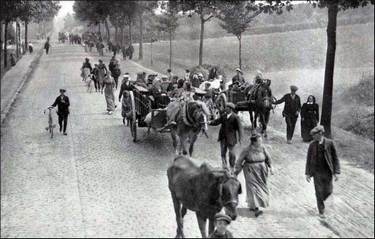
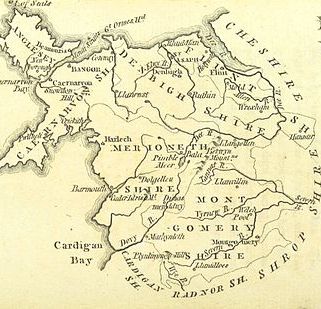
Collecting Welsh place names
21st September 2017
Throwing light on this interesting topic in the Girls’ Parlour was Dr James January-McCann, Welsh Place Names Officer at the Royal Commission in Aberystwyth. He explained that there has been a trend in Wales over the last 50 years for some historic Welsh place names, especially of houses and farms, to become anglicised or to be lost altogether.
To read more click here.
Doug Hurd: John Mills & Co – the history of the Railway Foundry in Llanidloes
18th May 2017
Doug Hurd was Senior Engineer at the Foundry during the years of peak production from the late 1940s to the late 1970s when the company employed up to 230 people.
The company’s origins were in Trefeglwys in the 1840s when William Thomas, a skilled wheelwright, and his two blacksmith brothers, manufactured agricultural machinery. The company thrived, producing chaff cutters, threshing drums, ploughs and wagons, and in 1851 relocated to Llanidloes, to the rear of the Bridgend Flannel Factory in Shortbridge Street. Read more….
Maps and Mapping at the Royal Commission: Putting the Past in its Place: a talk by Tom Pert
16th March 2017
We were very grateful to Tom for standing at quite short notice to give this talk in place of the previously advertised event. Tom has worked for the Royal Commission on the Ancient and Historical Monuments of Wales (RC) since 2002, initially as GIS and Archaeological Mapping Officer, more recently as Online Development Manager. He leads on Innovation for the Welsh Government’s People’s Collection Wales programme, and has been at the forefront in the development and application of new services that encourage the general public’s use and enhancement of historic data, including the use of crowd-sourcing, location and proximity based services.
Since its establishment in 1908, the RC has been recording archaeological and historic sites and monuments. The role of the Commission both as a public archive of maps, and as a map producing body supplying map depictions of archaeological sites to the Ordnance Survey (OS), is unique to Wales. Read more….
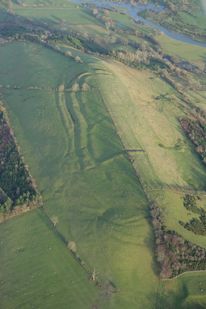
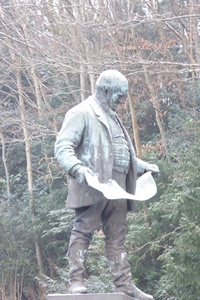
2016
Jeremy Pryce: A Brief History of Llandinam
15th September 2016
It was a full house in the Girls’ Parlour for Jerry’s photographs illustrating the social history of the village. Based in part on his family history, starting with his grandfather Jack Pryce and his family and their move from Berriew to Llandinam where there was a blacksmith vacancy, in 1908. Jack Pryce took over the Smithy from Evan Humphreys. The wonderful photographs brought those earlier generations to life. Further sets of photos covered the extraordinary range of trades, businesses and other activities that thrived in and around the village in the early years of the last century. At least one member of the audience spotted her very much younger self in one of the images! To visit Jerry’s own web pages click here.
My life down the pit, by Terry Dury
19th May 2016
Former miner Terry Dury’s fascinating talk on 19th May 2016 on the coalmining industry of South Wales was a very personal account of life down the pit in his grandfather’s time and of his own experiences at the coalface in the 1960s and 1970s, mostly at the Ferndale Colliery. Read more……
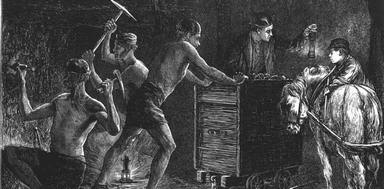
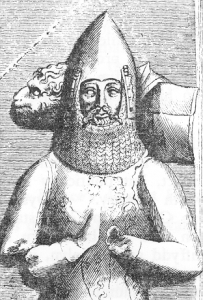
Llandinam in Crisis, 1197 by Dr David Stephenson
17th March 2016
There was a good turnout for Dr David Stephenson’s fascinating talk on the turmoil in 12th century Arwystli, a tiny kingdom in the much larger realm of Powys. Arwystli included the village of Llandinam. Read more….
2015
The History of Newtown and other Mid Wales towns
19th November 2015
David Hall, Chair of the Powysland Club, gave a fascinating description of the development of Mid Wales towns from pre-Roman times to the present day to a knowledgeable and attentive audience in the Girls’ Parlour in the Village Hall on the 19th November. Beginning with an overview of the different patterns of development in the small towns of Mid Wales… Read more….
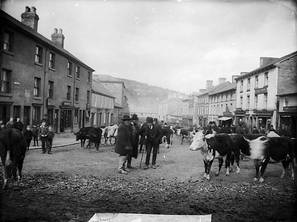
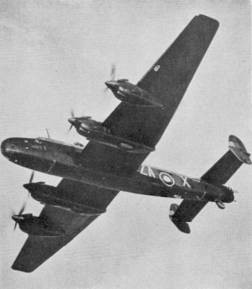
‘Down in Aberhafesp’ by Brian Poole
17th September 2015
The crash of Halifax bomber DG358 onto farmland at Glascoed, between Bwlch-y-Ffridd and Aberhafesp, on Sunday, 23rd January 1944, was the subject of Brian Poole’s fascinating talk at the Village Hall on 17th September. This aircraft was one of eight, five Halifax and three Lancasters, which crashed in mid Wales during the period 1942-44, while on training flights. Read more….
Murray the Hump – the story of Llewelyn Morris Humphreys
28th May 2015
It was good to welcome some new faces in the audience for Rod Evans’ fascinating and entertaining account of Llewelyn Morris Humphreys’ mid Wales background and his life of crime in the United States. Rod’s own interest in his subject stemmed from a chance find of a second hand copy of a biography of Humphreys in a charity shop, which led to him to research him more widely. Read more….
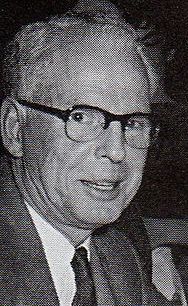
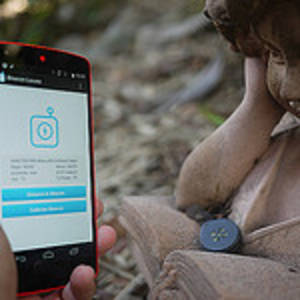
Heritage in the Information Age
26th March 2015
In his talk ‘Heritage in the Information Age’, Tom Pert, of the Royal Commission on the Ancient and Historic Monuments of Wales, gave his audience an insight into how modern technology is benefiting the work of the RC, local history groups and individuals, and enhancing the interpretation of our heritage for a wider public. Read more……
2014
Medieval Mystery
27th November 2014
Dr David Stephenson had his audience transfixed throughout his fascinating lecture ‘Llandinam and the Medieval Welsh Chronicles’ in the Girls’ Parlour. He based the talk on his research into this period of of our history, and his listeners found themselves in the grip of a medieval mystery story. Read more
